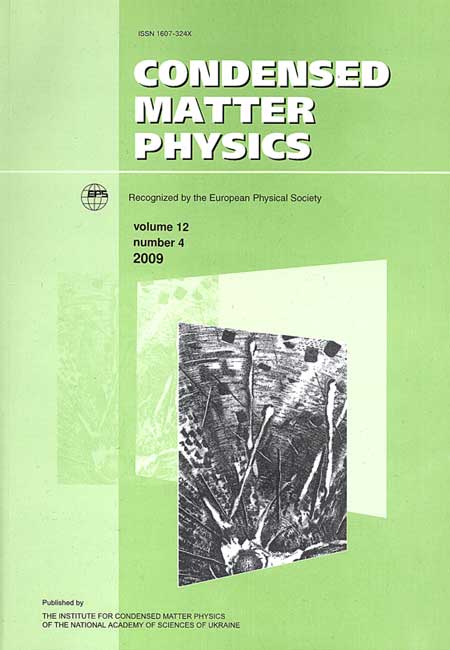 
|
| Covered by Web of Science Core Collection |

|
A very short explanation how to make a good figure for your article
1. Vector and bitmap graphics. Resolution
The most known file formats for vector graphics are platform-independent (Encapsulated) PostScript (EPS) and MSWindows-oriented (Enhaced) Windows MetaFile (EMF, WMF). There is a plenty of bitmap image formats. A good choice is Tagged Image Format (TIF) or CompuServe format (GIF) for black and white images and GIF or JPG (JPEG) formats for colour/grayscale images, since these formats compress image data (but one should remember about the competition between size and quality of JPG image).
2. Choice of an appropriate image format
If you work with MSWindows applications and all your attempts to make the EPS figure fail, try to save it as Windows MetaFile (EMF or WMF).
Scanned images and photographs
How to view/print EPS/bitmap figures
3. How to insert figures into the article
There are two well-known packets (GRAPHICS/GRAPHICX for LaTeX 2e and EPSF for LaTeX 2.09) allowing one to include EPS figures into the LaTeX document. A simple example of the GRAPHICX usage looks like:
\documentclass[12pt,twoside]{article}
4. How to send figures by E-mail
Size of the article file should not exceed 1 MB (big files sometimes cause big problems for E-mail). Compression utilities usually can "slice" your archive onto pieces with the given size (1MB) in the case of very large files. Alternatively, authors can manually pack their files in several archives less than 1MB each. Finally, the archives should be attached to the accompanying letter and sent to CMP Editorial Borad. Each letter should be have only one attachement, so each piece of a big archive should be attached to a separate letter (with subject like "John Doc. Part 1", "John Doc. Part 2" etc). If authors E-mail client does not support attachements, the archive should be UNEncoded and placed in the body of the letter.
|
|
Journal Search:
|
 Recognized by the
Recognized by the